November in the wine world means time for Beaujolais Nouveau, with all the pomp and circumstance and celebration surrounding the release of this wine around the world. Legally it cannot be released until 12:01 am the third Thursday of November. That’s when you hear proclamations of “le Beaujolais Nouveau est arrivé!”— and millions of corks popping. This year the festivities take place on November 20, 2014.
As a wine Beaujolais Nouveau is soft and fruity, very easy to drink. Yet critics deride the wine as being cheap and uninteresting. Well it is cheap inexpensive, usually selling for $10-$12 a bottle. It’s certainly not as complex as a red wine aged for one to two years in oak. Beaujolais Nouveau is a baby, made and released as a finished wine in only four to six weeks after harvest. That’s why in 2014 you’ll be drinking the 2014 vintage later this month.
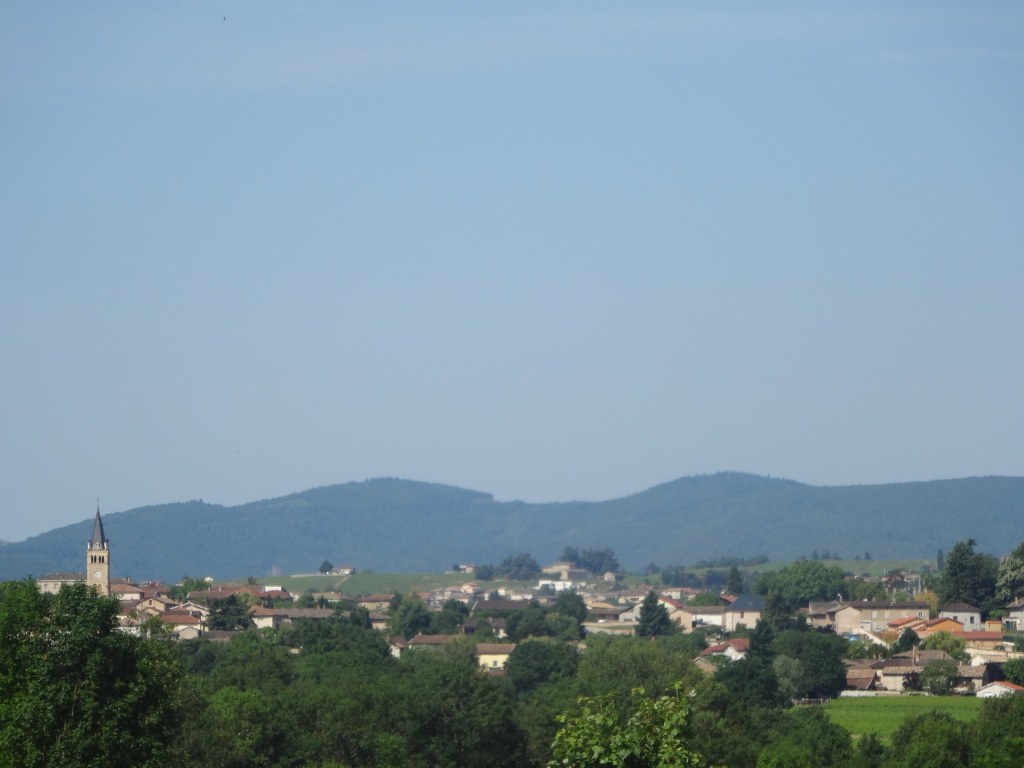
The wines that Nouveau often eclipses are the Villages and Cru wines from Beaujolais. Maybe you’ve never heard of them? In terms of quality and being interesting wines, they are certainly a step up, and for the Cru wines, a big step up, in complexity and aromatics and finesse from the Nouveau wines. From a value standpoint, they are very much undervalued, selling in the range of $14-$18.
I had the opportunity to travel to Beaujolais in June at the invitation of Les Vins Georges Duboeuf, the leading producer and seller of Beaujolais in all its forms in the United States. What was interesting was to meet the winemakers in the various appellations of Beaujolais, whose families have been winemakers for generations, and to see their love of and passion for a region that has been producing wine for centuries.
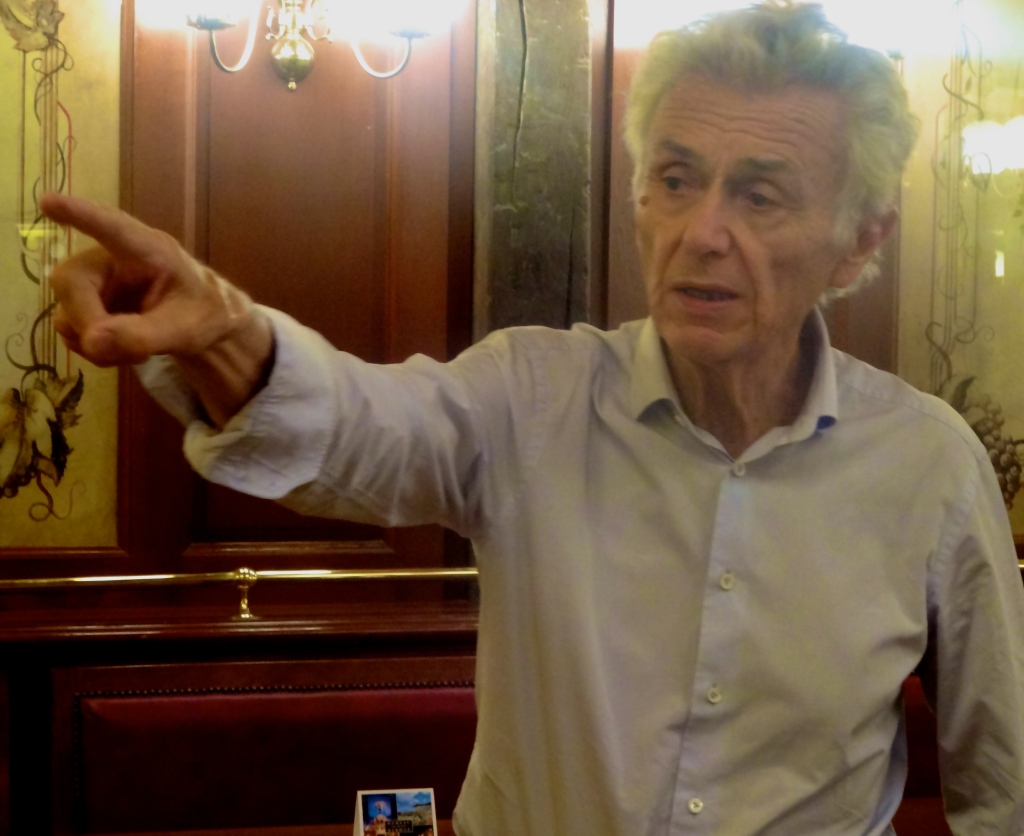
Beaujolais and the Gamay Grape
The Beaujolais region was officially recognized as an appellation in 1937 although wine has been made in the region since Roman times. Beaujolais is made from the Gamay grape, and represents 98% of all wine made in the region. Only 2% is white — Chardonnay, Beaujolais Blanc – and Rosé. Beaujolais sits at the southern end of Burgundy, northwest of Lyon. There are 12 appellations here – 10 Cru Beaujolais, Beaujolais-Villages and Beaujolais AOP (basic Beaujolais). Only about 1/4 of grape production goes into Cru wines, 1/4 into Villages level wines; the rest is basic Beaujolais.

The Cru wines are defined by terroir – soils, climates, geography. Most Cru vineyards are on hillsides, and some, as in the Cru of Fleurie, happen to be very steep, which means more concentrated fruit. There’s also mostly granite soils in the north, adding a layer of minerality to the wines. Most Beaujolais and Beaujolais-Villages vineyards are on flat parcels, the equivalent of valley floor. Yields are higher and grapes are not quite as concentrated as hillside fruit.
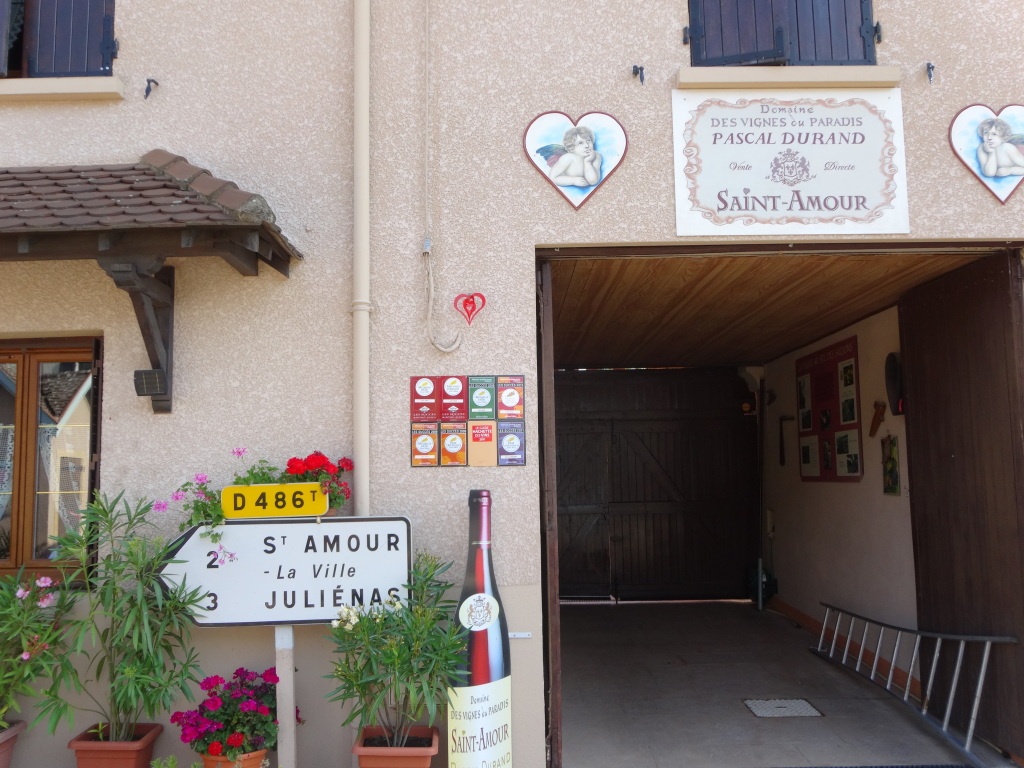
Most Cru vineyards are in the northern part of the region, while the Beaujolais AOP and Beaujolais-Villages vineyards are to the south. Beaujolais Nouveau grapes generally come from Beaujolais AOP but some producers may blend in grapes from Villages level vineyards.
Carbonic Maceration
The winemaking for all Beaujolais wines is a very different process than from say a Cabernet Sauvignon or Pinot Noir. It is called carbonic maceration, which means whole grape clusters go into the fermentation tank; they are not de-stemmed. The weight of all these clusters crushes the grapes at the bottom of the vat, and juice is pressed out of the grapes naturally (we call that free run juice).
Yeast is added and the fermentation from juice to wine begins. During this fermentation, carbon dioxide (CO2) is released. It is trapped in the tank, which has a lid on it — displacing all the oxygen. Because there is no oxygen present, a second fermentation happens inside each grape, and as a result grapes explode. What this means is the wine coming from these grapes is very fresh, light and very fruity. And freshness is the goal in Beaujolais.
Beaujolais Nouveau
The freshest of the fresh is Beaujolais Nouveau. It is something unique to the Gamay grape that it can produce a wine so young, made only weeks after harvest. The Nouveau wines were made by local grape growers for centuries but not formally recognized as a wine. That happened in 1951. At that time, Georges Duboeuf, the name now most associated with Nouveau, had not yet begun to make it. That would come in 1975.
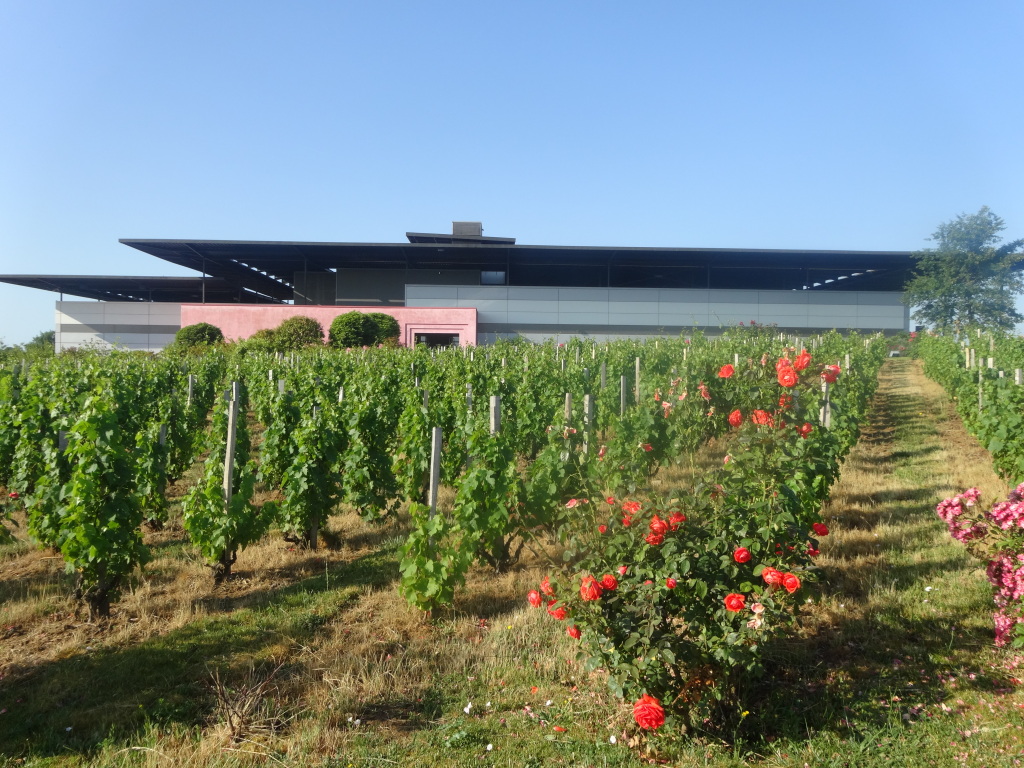
What surprised me most on my visit to Duboeuf was the attention to detail in making this wine. There are actually two winemakers at the Duboeuf winery in Romanèche-Thorins that oversee the production of the Nouveau. They buy grapes from as many as 100 growers and these lots are kept separate during fermentation. Then Georges Duboeuf and the winemakers compose blends from these lots to make the final Beaujolais Nouveau wine.
Beaujolais-Villages
This wine is the next level up in quality and complexity from the simple, fresh Nouveau. There are 39 appellations that make up Beaujolais-Villages, mostly in the south. It is aged longer than a Nouveau which allows the development of more layers of flavors and aromas.
It is still a fresh, light and fruity wine, although with a little more body and structure. You get cherry and strawberries, some spice, a soft mouthfeel and soft tannins. At about $6-$8 it is a great value and a good everyday wine. Beaujolais-Villages is a wine you often see on supermarket shelves.
Cru Beaujolais
The difference between Beaujolais Nouveau and Cru Beaujolais is like day and night. If you’ve never tried one, you should really seek out a bottle from your local wine shop. Even taste it side by side with a Nouveau, and I think you’ll be quite pleasantly surprised. Cru Beaujolais is made from the best vineyards, usually in the northern part of the region, usually grown on hillsides and made by winemakers in their own winery within each Cru.
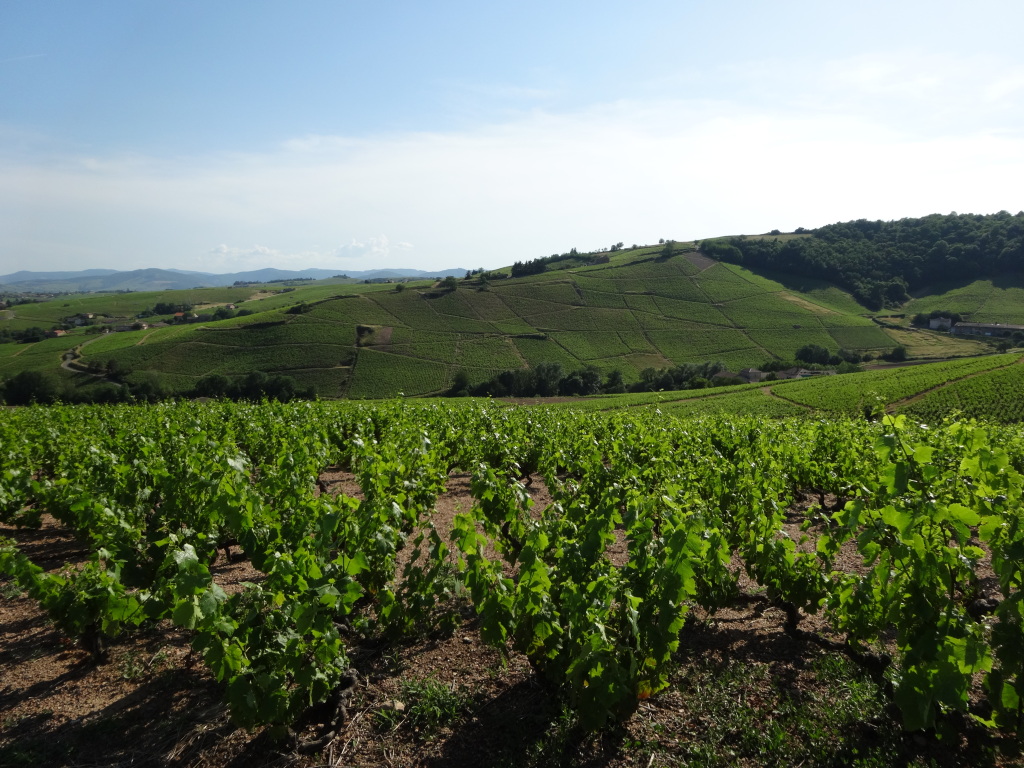
Cru in French means vineyard or grouping of vineyards. There are 10 Cru in Beaujolais: Brouilly, Chénas, Côte de Brouilly, Chiroubles, Fleurie, Juliénas, Morgon, Régnié and Saint-Amour. I visited winemakers in five of the Cru who, in partnership with Georges Duboeuf, make wine under their own labels.
While these wines are more expensive, most are around $16 or less, they are a true value once you get to know the wines.
Coming next…Part Deux on Five Cru Beaujolais.

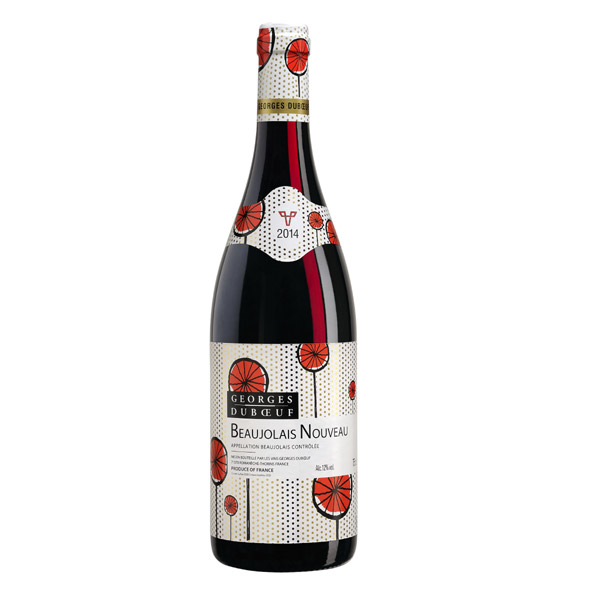
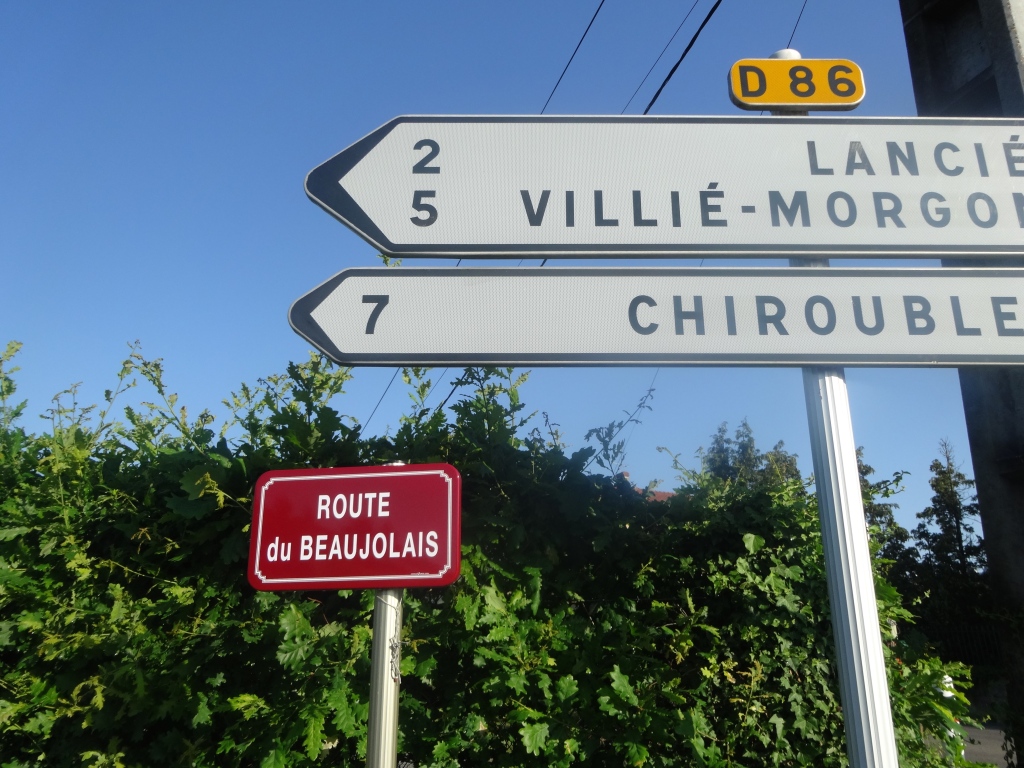
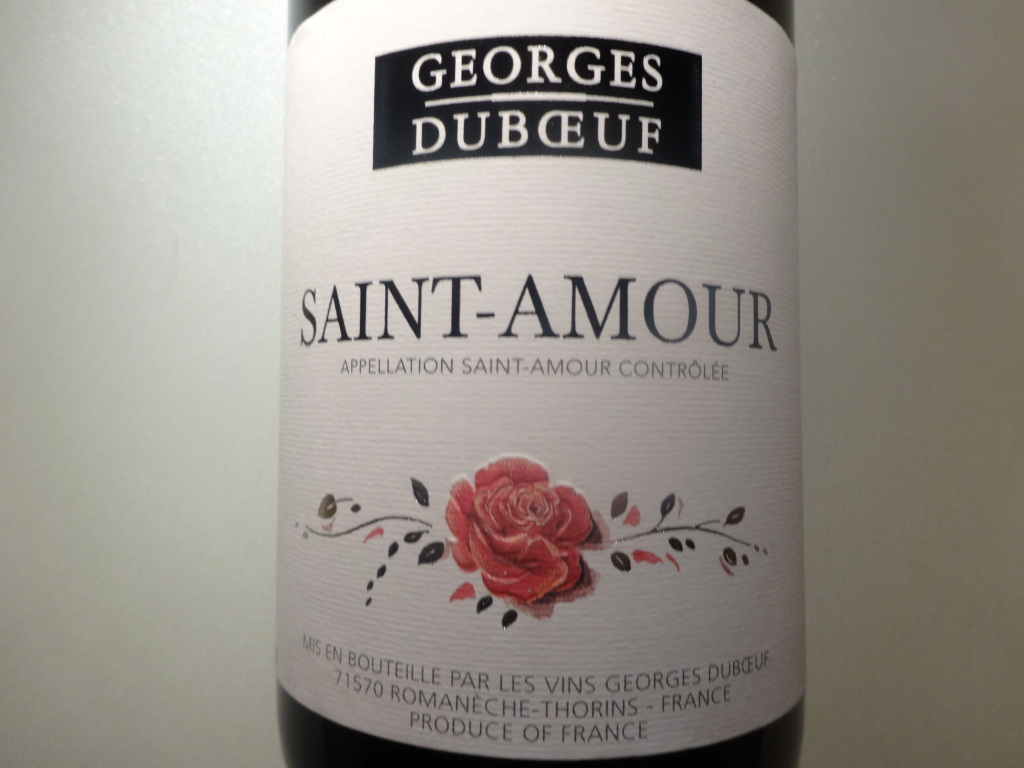
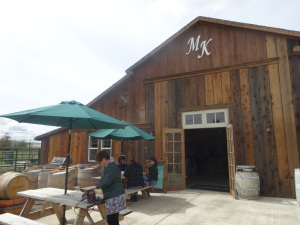

1 Comment
Pingback: There’s More to Beaujolais than Beaujolais Nouveau (Part Deux) | WineFashionista